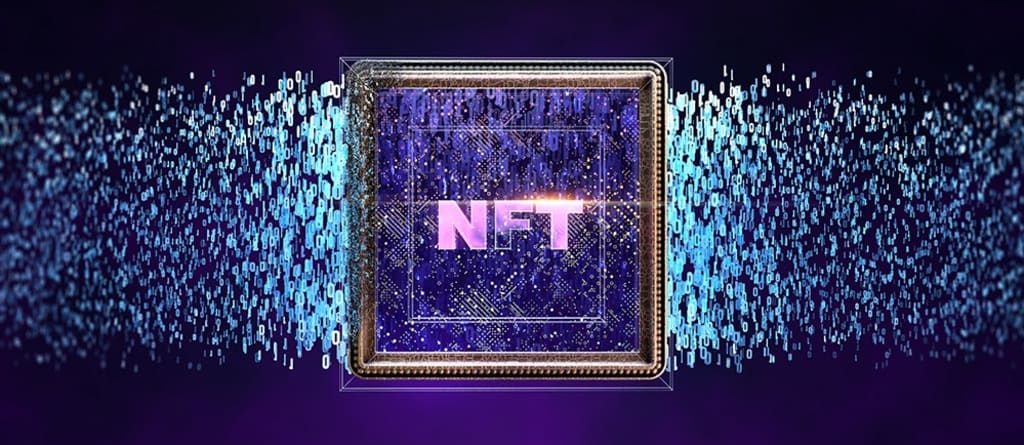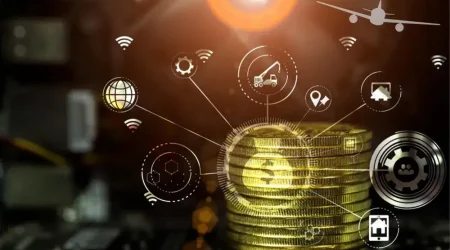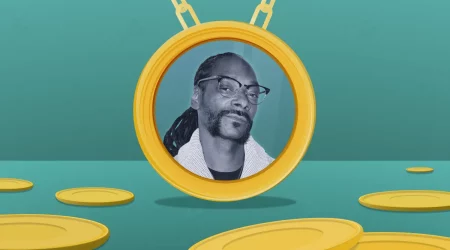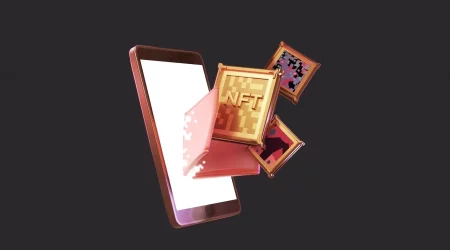The Future of Non-Fungible Tokens
Several unique applications are emerging using NFTs. These applications leverage non-fungibility to increase the efficiency of asset ownership transfers by eliminating the need for intermediaries. They also ensure that a unique ID can be used to track ownership. The following are examples of these applications. You can use them to create new products and services. The future of non-fungible tokens lies in a new type of digital currency.
The most crucial feature of NFTs is that they are unique, unlike banknotes, which are exchangeable and have the same value. Unlike NFTs, which cannot be swapped like for like, NFTs can be traded for goods and services. Therefore, their weight may go up or down depending on their demand. This means that you can get a higher price for your NFT than you originally paid for it. However, if there is no demand for them, it might not be possible for you to resell them for any amount.
The current market for NFTs is centered on collectibles. These include sports cards, digital artwork, and rare items. NBA Top Shot cards are among the most popular and rarest. Many of these have already sold for millions of dollars. Similarly, Twitter CEO Jack Dorsey tweeted a link to the first tweet he ever made that was tokenized. The NFT version of the first tweet has already reached $2.5 million.
A key feature of NFTs is that they are rare because they can only be exchanged for something of value. This characteristic allows NFTs to be resold for a lower price than what the creator initially paid for it. For example, a 20-second video clip of LeBron James’ “Cosmic Dunk #29” recently sold for $208,000. These are all examples of rare and exciting assets worth reselling in the future.
Despite the low cost of creating an NFT, it is implausible to be worthless in the future. Developers can easily add NFTs to their games to help players track their in-game items and maintain an economy. The benefits of using NFTs to support a new economy for creators are numerous. It allows users to track and recoup the money they spend on in-game items. It also provides an opportunity to make money on these assets if they become valuable.
Artists and celebrities have also begun creating unusual NFTs. For instance, actor William Shatner released digital trading cards in July with images from his life and an X-ray of his teeth. These cards are now traded on the WAX Blockchain, which is a platform that tracks ownership records and history. The cards are not fungible in nature, which gives them more value as an investment. Aside from being rare, NFTs are also useful for art.
Unlike traditional assets, NFTs are not fungible, so they cannot be replaced. In contrast to banknotes, an NFT cannot be swapped for another. Neither is it possible to create a replica of an asset. The creator can decide how many copies are to be made. It is then up to the buyer to determine if they would like to purchase a particular number of copies.
Artists and digital artists can also use NFTs to create fan rewards. The creator can make a unique NFT with a limited supply by enabling an individual ID. Moreover, it can also represent a piece of artwork. As a result, it is a fantastic asset that cannot be easily duplicated.
As such, NFTs are an excellent tool for artists and other creative professionals.
The NFTs that different companies create will be non-fungible and will be unique. The underlying technology will keep the NFTs separate from other assets. The NFTs will have no direct impact on the carbon footprint of the Ethereum network. It will be a purely digital currency, which means no intermediaries are necessary. And, because they can be easily swapped, they aren’t interchangeable.





Leave a Reply